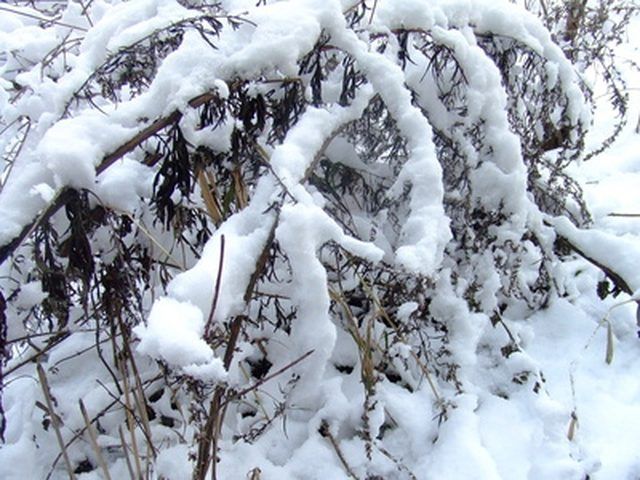Bulbs
Flower Basics
Flower Beds & Specialty Gardens
Flower Garden
Garden Furniture
Garden Gnomes
Garden Seeds
Garden Sheds
Garden Statues
Garden Tools & Supplies
Gardening Basics
Green & Organic
Groundcovers & Vines
Growing Annuals
Growing Basil
Growing Beans
Growing Berries
Growing Blueberries
Growing Cactus
Growing Corn
Growing Cotton
Growing Edibles
Growing Flowers
Growing Garlic
Growing Grapes
Growing Grass
Growing Herbs
Growing Jasmine
Growing Mint
Growing Mushrooms
Orchids
Growing Peanuts
Growing Perennials
Growing Plants
Growing Rosemary
Growing Roses
Growing Strawberries
Growing Sunflowers
Growing Thyme
Growing Tomatoes
Growing Tulips
Growing Vegetables
Herb Basics
Herb Garden
Indoor Growing
Landscaping Basics
Landscaping Patios
Landscaping Plants
Landscaping Shrubs
Landscaping Trees
Landscaping Walks & Pathways
Lawn Basics
Lawn Maintenance
Lawn Mowers
Lawn Ornaments
Lawn Planting
Lawn Tools
Outdoor Growing
Overall Landscape Planning
Pests, Weeds & Problems
Plant Basics
Rock Garden
Rose Garden
Shrubs
Soil
Specialty Gardens
Trees
Vegetable Garden
Yard Maintenance
Termites & Freezing Temperatures
Termites & Freezing Temperatures. Termites are a common pest in warmer areas of the world, particularly tropical climates. Colder climates suffer from these insects less, but they are still present. Because termites are slower and less active in the cold, some people have attempted to use cold as a means of pest control. Freezing temperatures won't...

Termites are a common pest in warmer areas of the world, particularly tropical climates. Colder climates suffer from these insects less, but they are still present. Because termites are slower and less active in the cold, some people have attempted to use cold as a means of pest control. Freezing temperatures won't kill termites in all situations, but they may be helpful in some cases.
Effects
Freezing outdoor temperatures cause subterranean species of termites to retreat underground to overwinter. According to Ohio State University, temperature has a strong influence on termite activity--both on a daily and seasonal basis. Subterranean species don't forage for food when temperatures are too cold or too hot. Termites exposed to freezing temperatures without shelter are usually killed within a short period of time.
Control
Cold can be used to control drywood termite species, which live their whole lives within a single piece of wood, such as a chair, a board in a home or a picture frame. Since these termites have enclosed colonies, freezing the affected object can kill the insects, preventing further damage to the wood. According to the University of California, subterranean termites cannot be effectively controlled by freezing, since they maintain large colonies underground.
Considerations
Freezing temperatures are not as effective at termite control as many pesticides, but they do not present the possible toxic and environmental dangers that conventional termite control methods do. For people suffering only from small, contained infestations of drywood termites, cold may be an effective method of control. Possible problems from this technique include damage to nearby pipes and building materials.
Prevention/Solution
Some people simply place affected objects outside during cold weather to kill termites, but this is less effective than professional cold treatment. According to the University of California, wood should be chilled to minus 20 degrees Fahrenheit for at least 30 minutes to kill the termites inside. Liquid nitrogen is commonly used for this purpose.
Warning
Do not allow termite colonies to persist untreated. Natural cold will not take care of the problem. Termites can cause significant damage to crops, structures and natural wood. Eventually, they may even compromise the structural integrity of your home. If you believe that you have termites in or around your home, take steps to eliminate them.